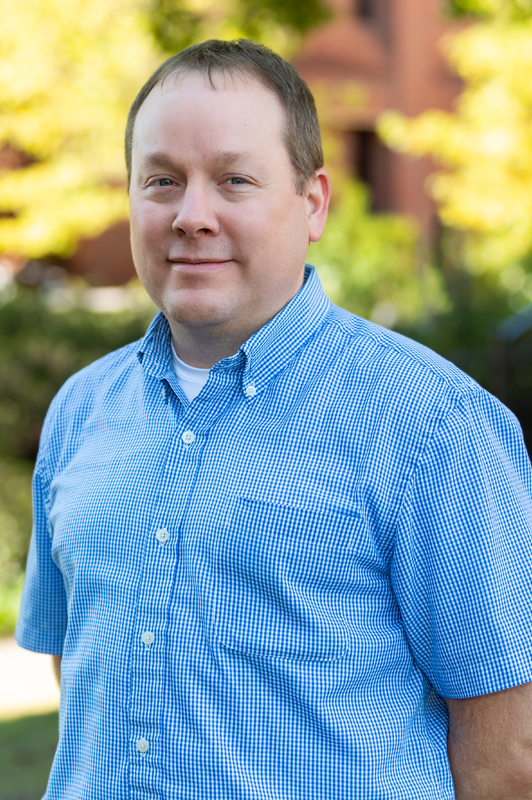Alabama Micro/Nano Science and Technology Center expands quantum capabilities
Published: Feb 16, 2024 11:00 AM
By Joe McAdory
Advancing microelectronic science, technology and education to augment the state’s expertise and industrial base were cornerstone missions of the Alabama Micro/Nano Science and Technology Center (AMNSTC) when it was established in 1974.
And it’s flourished ever since.
By fostering collaborative research among university faculty, workforce development through skill-based training for students and finding innovative solutions toward the advancement of secure microelectronic communications, there’s nothing micro or nano about this center.
“We can do anything from the transistor level on up,” said Mark Adams, the center’s acting director and Godbold Associate Professor in Electrical and Computer Engineering. “We are interested in novel devices such as silicon-based electronics, superconducting electronics, photonics, and microelectromechanical systems. We do a lot of work with radio frequency communications, antennas, and radios, but so many impactful projects are developed because of the center. It’s difficult to pinpoint one singular element the center is responsible for.”
With a focus on fabrication, packaging/integration and quantum systems, the Alabama Micro/Nano Science and Technology Center continues to evolve and expand its capabilities through the investment of new equipment.
“This ongoing process has resulted in the addition of numerous pieces of equipment across multiple AMNSTC labs providing both unique fabrication and characterization capabilities,” Adams said. “Within the Micro/Nanofabrication lab, we have upgraded our thin-film deposition and etching systems and have added a state-of-the-art direct write laser system for lithography.
“We’ve also added additional characterization tools such as an optical profilometry system and atomic force microscope. In the center’s electronics packaging area, we recently installed an OEM surface mount packaging line with a stencil printer, pick and place, and reflow oven. We have acquired a new X-ray system for inspection and quality assurance.”
Adams said the center – which features 20,000 square feet of floor space for faculty collaboration across multiple buildings at the College of Engineering — is also expanding its quantum engineering capabilities with the installation of a dilution refrigerator, which allows testing at milli-Kelvin temperatures, and an e-beam evaporation system for the deposition of high-quality superconducting metal films.
“Recipients of grants or contracts that run through the center receive complimentary, or reduced-cost, access to the center’s facilities,” Adams said. “Access is also available to external academic, industrial, and government users.”
The AMNSTC was the first center at Auburn to perform interdisciplinary research and involves personnel and facilities from multiple departments across campus, including electrical and computer engineering, mechanical/materials engineering, chemistry, the College of Veterinary Medicine, and the Department of Physics.
“My goal as the center director is to ensure that the Auburn University community has the tools and capabilities needed to continue groundbreaking research in micro-nanosystems for the foreseeable future,” Adams said.
Media Contact: , jem0040@auburn.edu, 334.844.3447
Alabama Micro-Nano Science and Technology Center acting director Mark Adams said the center continues to expand quantum engineering capabilities with the installation of a dilution refrigerator and an e-beam evaporation system for the deposition of high-quality superconducting metal films.


